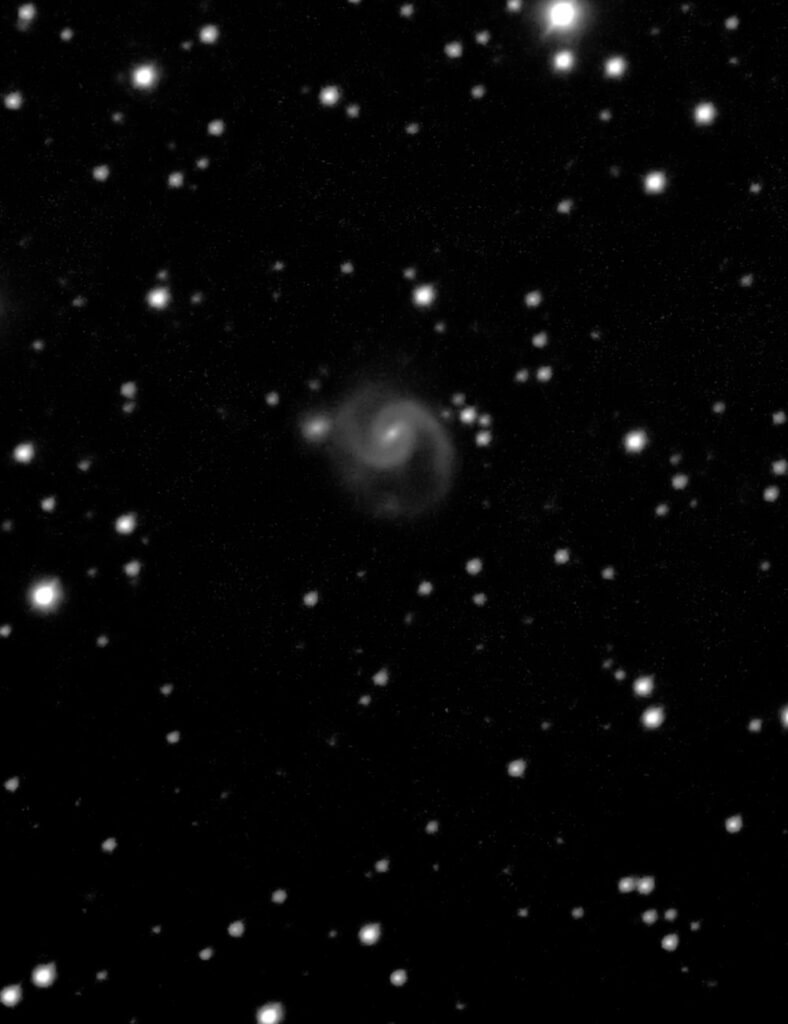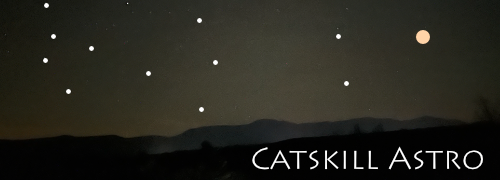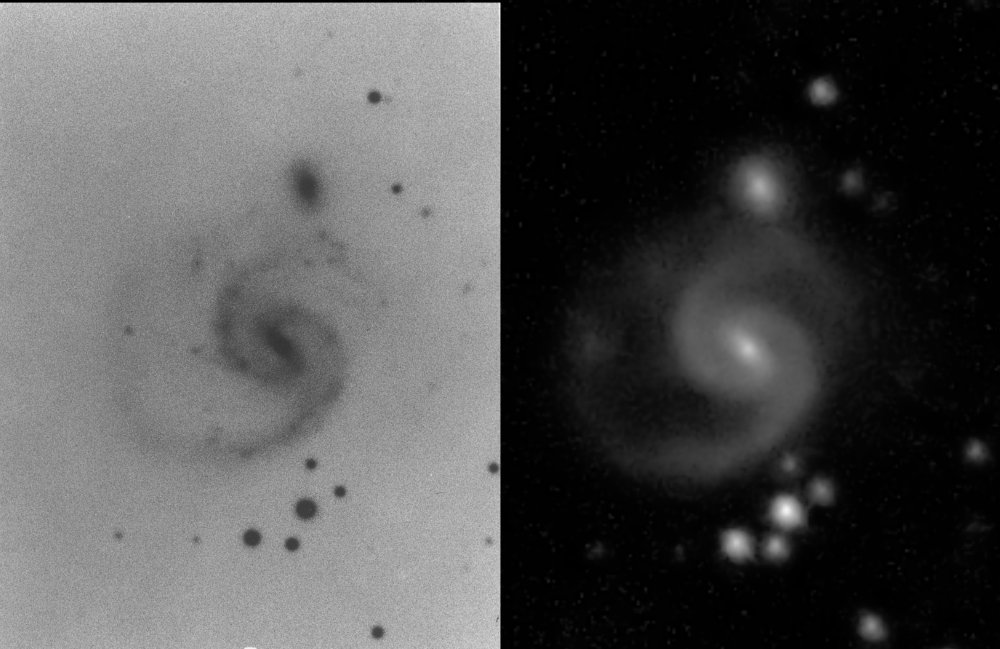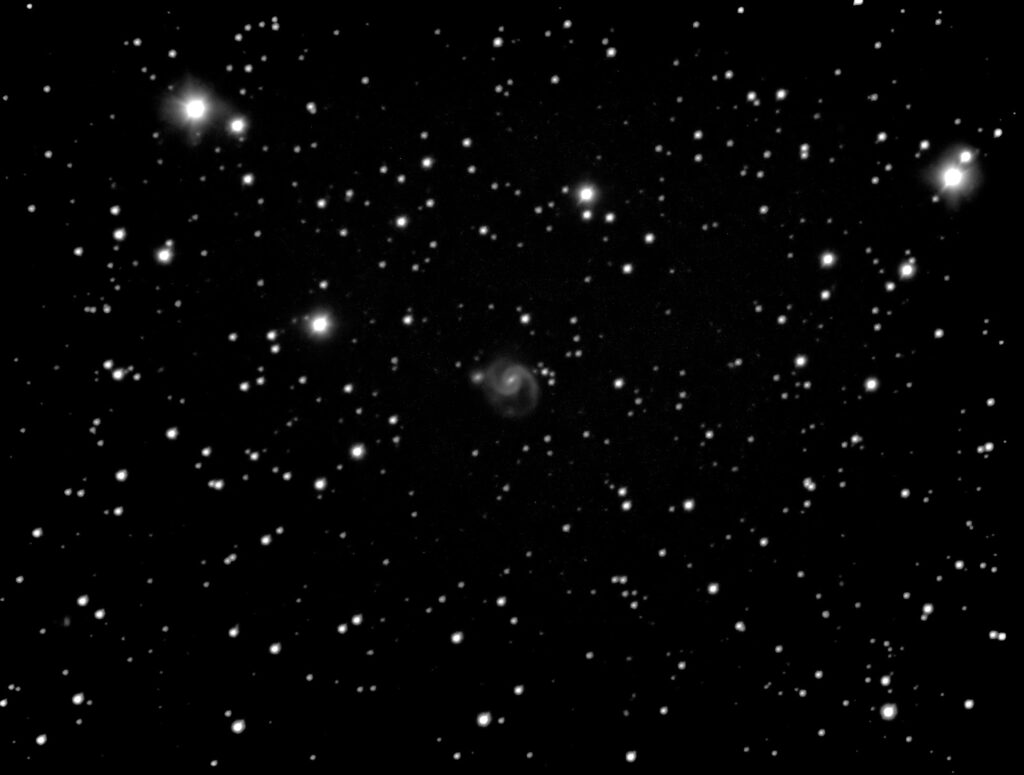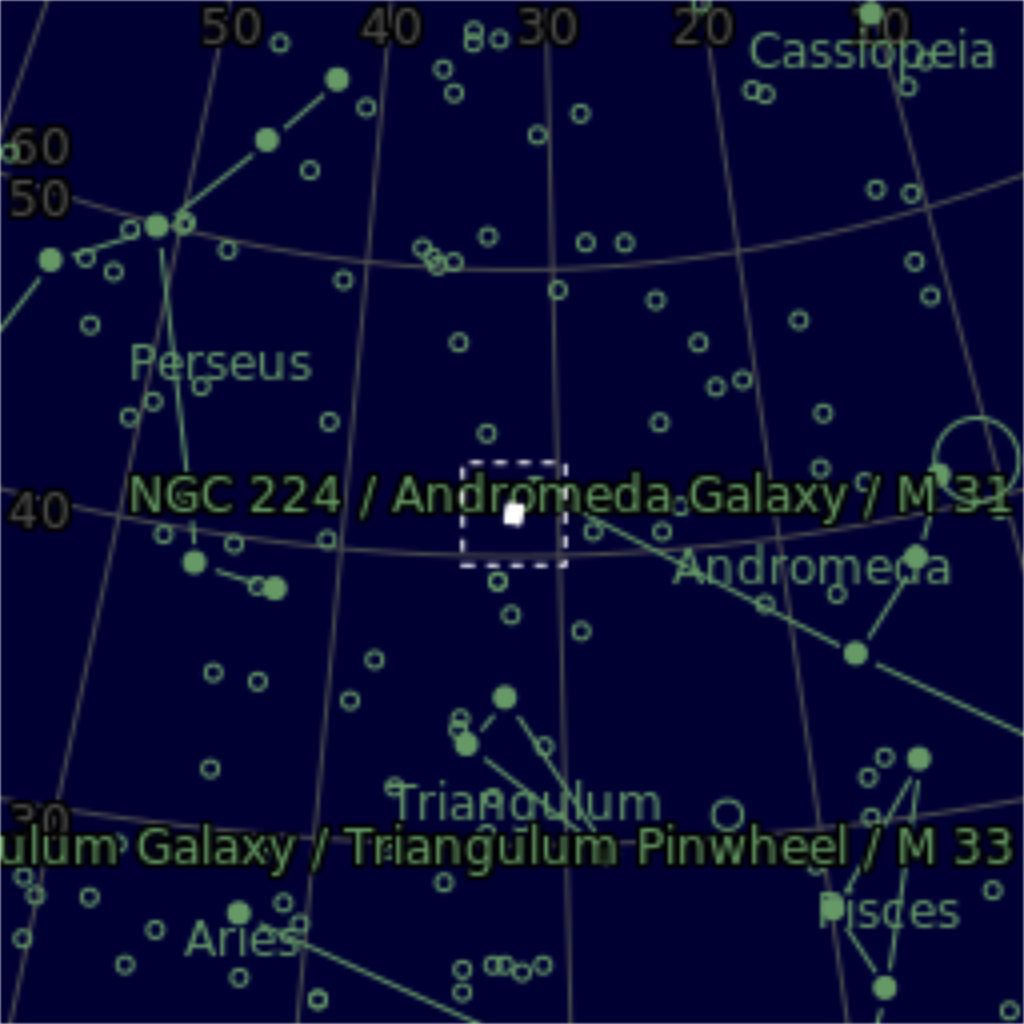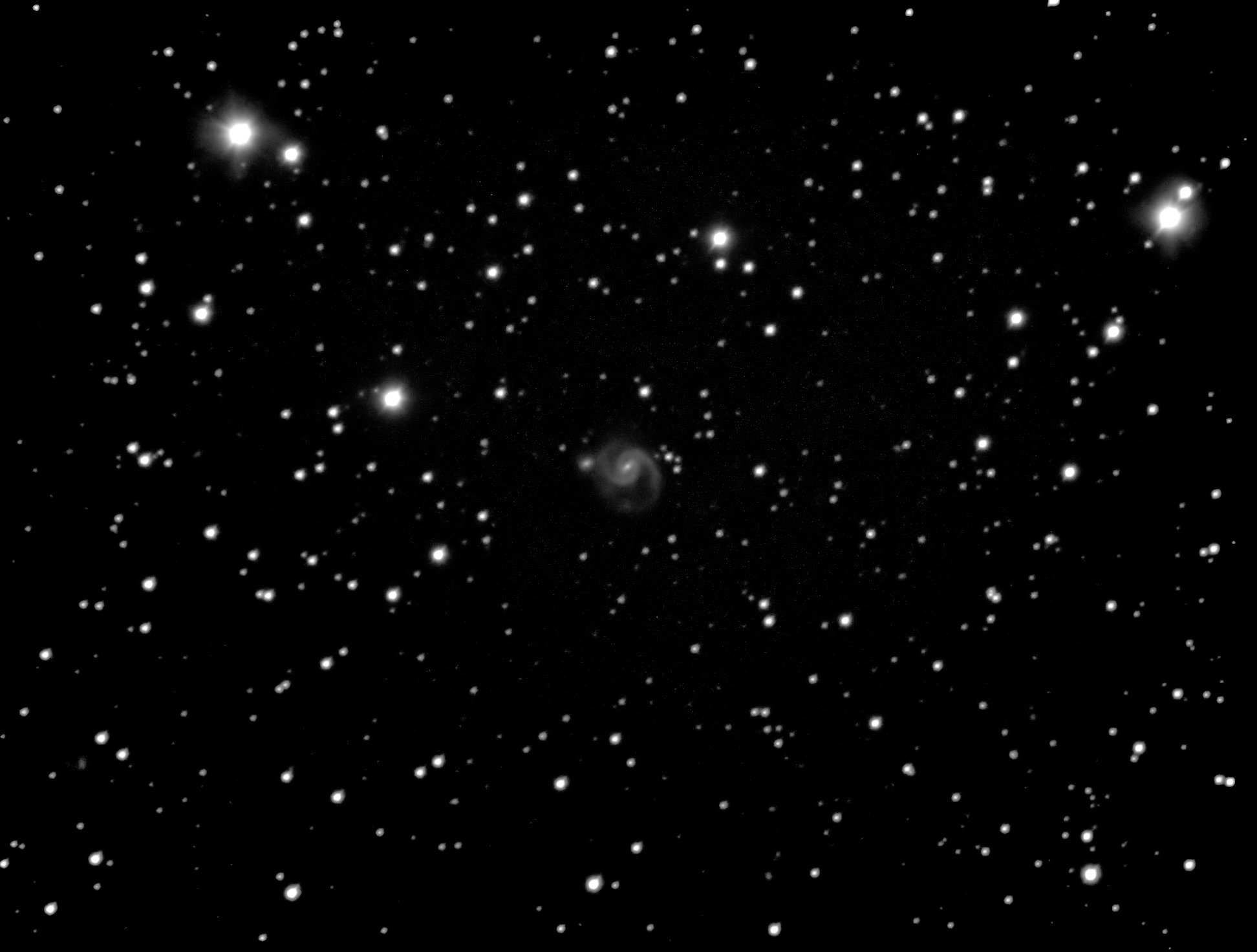| Description | Arp 74 consists of UGC 1626 (Mag 14.1), the barred spiral at the center and Arp 74B (2MASX J02082216+4128061) the small spiral galaxy (Mag. 15.7!) above it in the comparison image). The key question is whether we're viewing an attraction, with a 74B about to be absorbed, or an asterism with 74B representing a much more distant galaxy with no gravitational connection. Arp clearly concluded the former, presumably because of the slight, triangular bump in the arm of UGC 1626 adjacent to its companion. Overall, I think Arp may have made a mistake and that this is an asterism. If it were so close by, I think spiral arm would be even more distorted. Also, Arp may have missed at least one "low surface brightness" companion, and possibly two. The most attracting is the faint spot east (left) in the comparison image. This appears to be the target of the lower, curving arm of galaxy UGC 1626. The second is an even fainter dot, barely visible in my image, close to the main arm, on a direct line between the first faint companion and 74B. This may explain why dust lanes curve upward and leftward from the top arm, creating an illusion that 74B is also gravitationally interacting with 74. |
